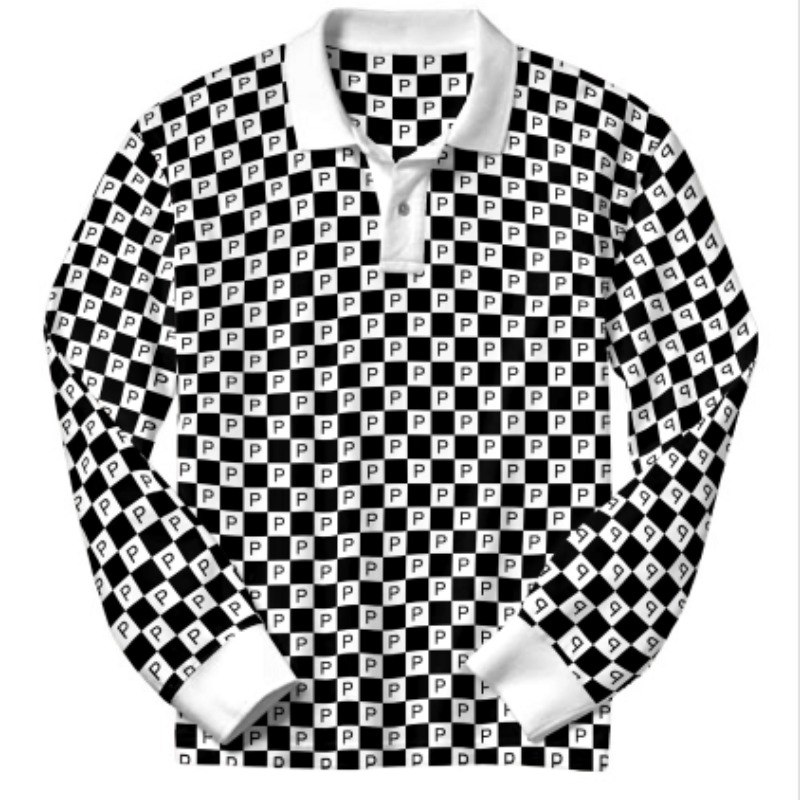
How to design effective arts?
The recording starts with the patter of a summer squall. Later, a
drifting tone like that of a not-quite-tuned-in radio station
rises and for a while drowns out
the patter. These are the sounds encountered by NASA’s Cassini
spacecraft as it dove
the gap between Saturn and its
innermost ring on April 26, the first of 22 such encounters before it
will plunge into
atmosphere in September. What
Cassini did not detect were many of the collisions of dust particles
hitting the spacecraft
it passed through the plane of
the ringsen the charged particles oscillate in unison.
How its Works ?
MIAMI — For decades, South
Florida schoolchildren and adults fascinated by far-off galaxies,
earthly ecosystems, the proper
ties of light and sound and
other wonders of science had only a quaint, antiquated museum here in
which to explore their
interests. Now, with the
long-delayed opening of a vast new science museum downtown set for
Monday, visitors will be able
to stand underneath a suspended,
500,000-gallon aquarium tank and gaze at hammerhead and tiger sharks,
mahi mahi, devil
rays and other creatures through
a 60,000-pound oculus.
Lens that will give the impression of seeing the fish from the bottom of
a huge cocktail glass. And that’s just one of many
attractions and exhibits.
Officials at the $305 million Phillip and Patricia Frost Museum of
Science promise that it will be a
vivid expression of modern
scientific inquiry and exposition. Its opening follows a series of
setbacks and lawsuits and a
scramble to finish the
250,000-square-foot structure. At one point, the project ran
precariously short of money. The museum
high-profile opening is
especially significant in a state s
Top 5 reason to choose us
Mauna Loa, the biggest volcano
on Earth — and one of the most active — covers half the Island of
Hawaii. Just 35 miles to the
northeast, Mauna Kea, known to
native Hawaiians as Mauna a Wakea, rises nearly 14,000 feet above sea
level. To them it repre
sents a spiritual connection
between our planet and the heavens above. These volcanoes, which have
beguiled millions of
tourists visiting the Hawaiian
islands, have also plagued scientists with a long-running mystery: If
they are so close together,
how did they develop in two
parallel tracks along the Hawaiian-Emperor chain formed over the same
hot spot in the Pacific
Ocean — and why are their
chemical compositions so different? "We knew this was related to
something much deeper,
but we couldn’t see what,” said
Tim Jones.





























